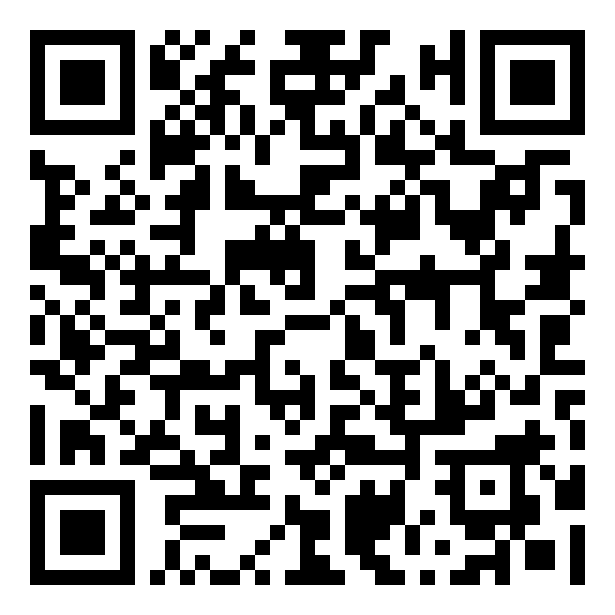
Automation Technologies
Development of an Automated High-Throughput Wound Healing Assay to Analyze Cell Migration
- WS
Wiebe Schaefer
Research Scientist
SYNENTEC GmbH, Elmshorn, Germany
Elmshorn, Schleswig-Holstein, Germany
Primary Author - December Poster(s)
Cell migration plays a crucial role in many physiological processes such as wound healing, tissue formation and the immune response, but it is also pathologically relevant in cancer invasion and metastasis. A convenient method to analyze cell migration is a wound-healing assay, in which an artificial cell-free gap (wound) is created on a confluent monolayer of cells. Closure of the wound is monitored at defined intervals over time by microscopy. However, with conventional or time-lapse microscopes, only a few samples can be measured at a time. Therefore, we aimed to develop a wound healing assay in a high-throughput format using SYBOT-1000®, CELLAVISTA® and YT®-Software as well as an incubator integrated into the automation system.
We generated wounds on cell monolayers of the pre-malignant pancreatic ductal epithelial cell line H6c7-KRAS. These wounds were produced either manually using sterile pipette tips (‘scratch assay’) or by applying commercially available circular or rectangular silicone inserts (OrisTM and ibidi®, respectively). To limit cell migration and thus wound closure, cells were treated with different concentrations of Cytochalasin D, an inhibitor of actin polymerization. To perform the automated monitoring and evaluation of wound closure, a new wound-healing image processing algorithm consisting of two phases of measurement was developed. In the first phase, imaging of multiwell plates using 4x magnification was utilized. Accordingly, the imaging time for the first phase could be reduced to a minimum of 50 s / 96 well plate. The image analysis algorithm of YT®-Software automatically and robustly detected wounds of different lengths, shapes, widths and rotations, and created a region of interest (ROI) around them. In the second phase, only these ROIs were scanned using the objective with 10x magnification, thereby decreasing imaging times to as low as 37 s / 96 well plate for scratch assays. Wound closure was automatically imaged over time using SYBOT-1000® and YT®-Software, orchestrated by SYNET.scheduler. Only the second phase of the wound healing operator was used at this stage, measured hourly, and the confluence on the gap and the periphery or average gap width was automatically analyzed for each treatment condition. Our results demonstrate a dose-dependent inhibition of wound closure by Cytochalasin D.
In summary, the imaging and analysis procedure described here using SYBOT-1000®, CELLAVISTA® and YT®-Software is a very robust and fast method, making it an excellent tool for automation and high-throughput screening.
 View Leader Board
View Leader Board
SLAS Events

1st Prize - Comp Reg + Hotel/Airfare to SLAS2023 in San Diego
2nd Prize - $50 Starbucks Gift Card
3Rd Prize - $25 AMEX Gift Card
Keep an eye on the leader boards to see who’s at the TOP. Winners will be announced after SLAS2022.
Each participating poster in the exhibit hall will have a QR code next to it. For virtual participants, look for the scavenger hunt icon for participating posters.
